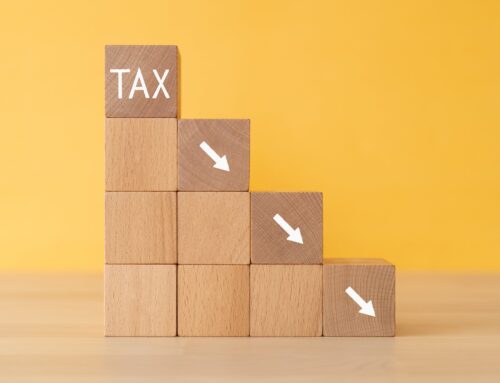
When we think of milestone birthdays, we often think of ones that are already behind us – like 18 and 30. But there are plenty of important birthdays ahead of you, especially as you near and enter retirement. Starting at age 50, several birthdays are critical to acknowledge because they can have implications for your retirement and tax situation.
Age 50
At age 50, workers can make annual “catch-up” contributions in addition to their normal contributions. In 2022, you can contribute up to $6,000 to an IRA if you are under 50 and an additional $1,000 if you are 50 or older. Those 50 and older can also contribute an additional $6,500 to a 401(k), 403(b), most 457 plans, and a government Thrift Savings Plan in 2022 for a total of $27,000.[1] If you contribute more of your earned income to a tax-deferred retirement account, you may be able to lower your tax burden.
Age 65
You can claim a bigger standard deduction when you turn 65. Before age 65, the standard deduction for the 2021 tax year is $12,550 for single filers and $25,100 for married couples filing jointly. The standard deduction increases by $1,700 once you turn 65 for single taxpayers and increases by $2,700 for married couples filing jointly if both are 65 or older. Around the time you retire, your tax situation may change. For example, you may go from itemizing to claiming the standard deduction if the mortgage interest deduction or other popular itemized deductions are unavailable to you.
Age 72
Required Minimum Distributions (RMDs) start at age 72 and apply to qualified retirement plans, such as 401(k)s, 403(b)s, and IRAs.[2] RMDs are the minimum you are required to withdraw each year, but you can always withdraw more than that amount. Withdrawing more from a traditional retirement account could mean a higher tax burden and an end to tax-free growth for the withdrawn funds. If you forget to take an RMD, it’s going to cost you. There is a 50% penalty based on the RMD you were supposed to take on top of the tax you’ll owe. You can talk to a financial advisor to create a plan to avoid missing RMDs and to develop a long-term tax minimization plan.
[2] https://www.irs.gov/retirement-plans/plan-participant-employee/retirement-topics-required-minimum-distributions-rmds
The commentary on this blog reflects the personal opinions, viewpoints, and analyses of BML Wealth Management’s employees providing such comments and should not be regarded as a description of advisory services provided by West Wealth Group, LLC. The views reflected in the commentary are subject to change at any time without notice. Nothing on this blog constitutes investment advice. Any mention of a particular security and related performance data is not a recommendation to buy or sell that security. Investing involves risk, including the potential loss of principal. No investment strategy can guarantee a profit or protect against loss in periods of declining values. Past performance is no guarantee of future returns.
Investment advisory services through West Wealth Group, LLC, an SEC Registered Investment Adviser. BML Wealth Management and West Wealth Group, LLC are affiliated entities. Insurance Services are offered through BML Wealth & Insurance Services, California Insurance License #0M15550.
We do not provide tax or legal advice, all individuals are encouraged to seek guidance from qualified professionals regarding their personal situation. Any references to protection benefits or steady and reliable income streams in this guide refer only to fixed insurance products. They do not refer, in any way, to securities or investment advisory products.






